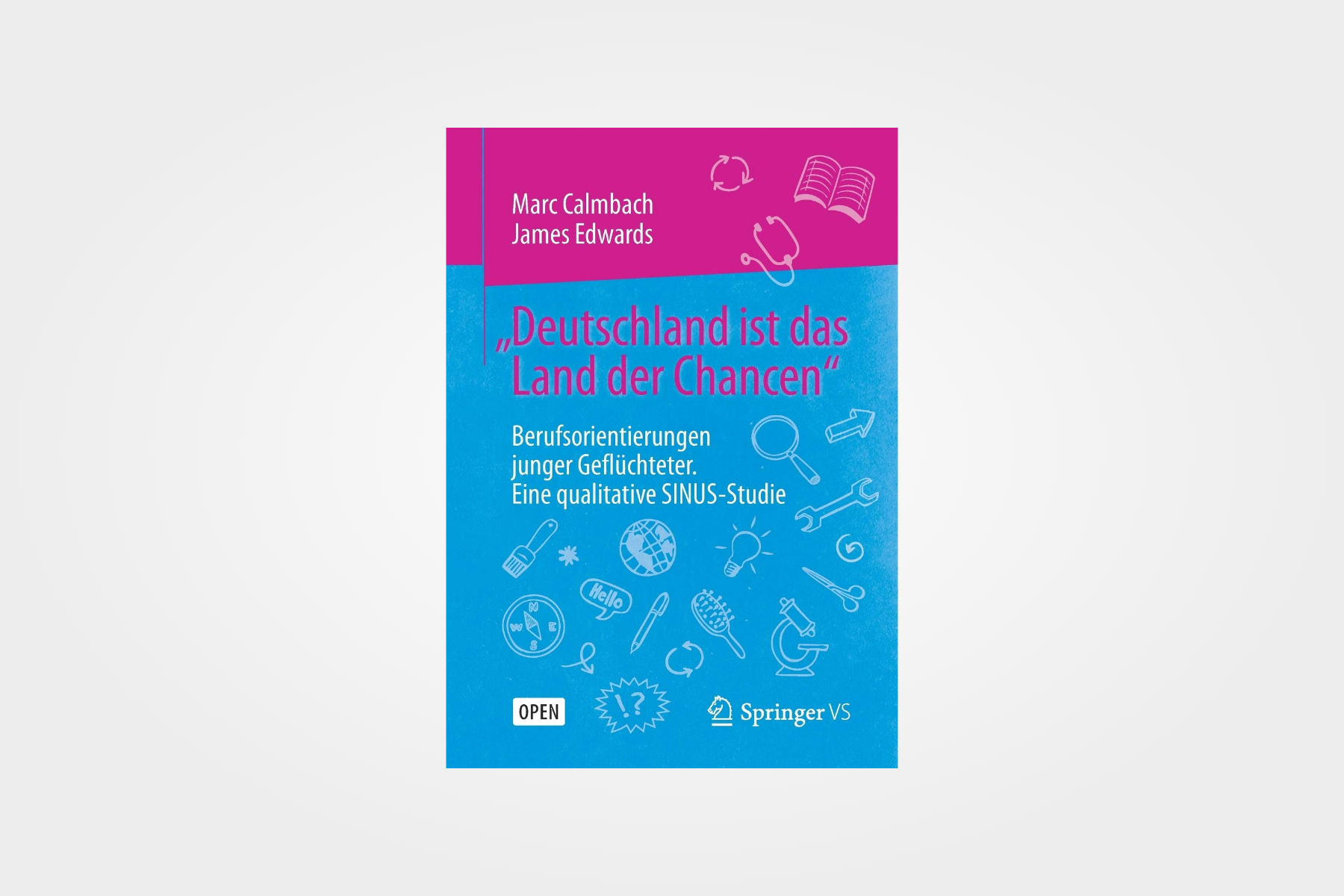"Germany is the land of opportunities" : Vocational orientations of young refugees

This study deals with one of the currently central social challenges in Germany: the vocational integration of young refugees. So far, there are only a few empirical findings on the vocational orientation of refugees. Surprisingly, this also applies to the group that is the focus of vocational orientation measures: young people aged 14 to 17.
Therefore, the Deutsche Kinder- und Jugendstiftung (DKJS) commissioned SINUS-Institut to find out more about the vocational orientation of young refugees. This study is the first qualitative study of this magnitude on the topic of career orientation among refugee teenagers in Germany.
How do young refugees live and experience their everyday life in Germany? How do they relate to the host society and what future do they see for themselves, especially with regard to the labour market? This SINUS study qualitatively and empirically investigates these and other questions. In doing so, it lets the young people have their say in the form of numerous quotations.
Contents
- Study design and evaluation methodology
- SINUS-Mindsets of young refugees aged 14 to 17 years
- Vocational orientation of young refugees
- Importance of the topic of vocational orientation
- Career aspirations
- Motives for choosing a profession
- Knowledge of the education and training system
- Contact persons and sources of information
- Information needs
- Experiences and competences
- Evaluation of the school system and support from the school
Review
"All in all, due to its strongly empirical character and the extensive quotations from the interviews, the publication provides a great deal of material to support its own statements, but also to sharpen future questions. ... a comparison with the aspirations of non-refugee youth in Germany would be very interesting. Regardless of these open questions, the study is very interesting and recommendable for youth work and teachers as well as for researchers.” (BWP-Berufsbildung in Wissenschaft und Praxis, Heft 6, 2019)
*Free Open Access publication at Springer Link
